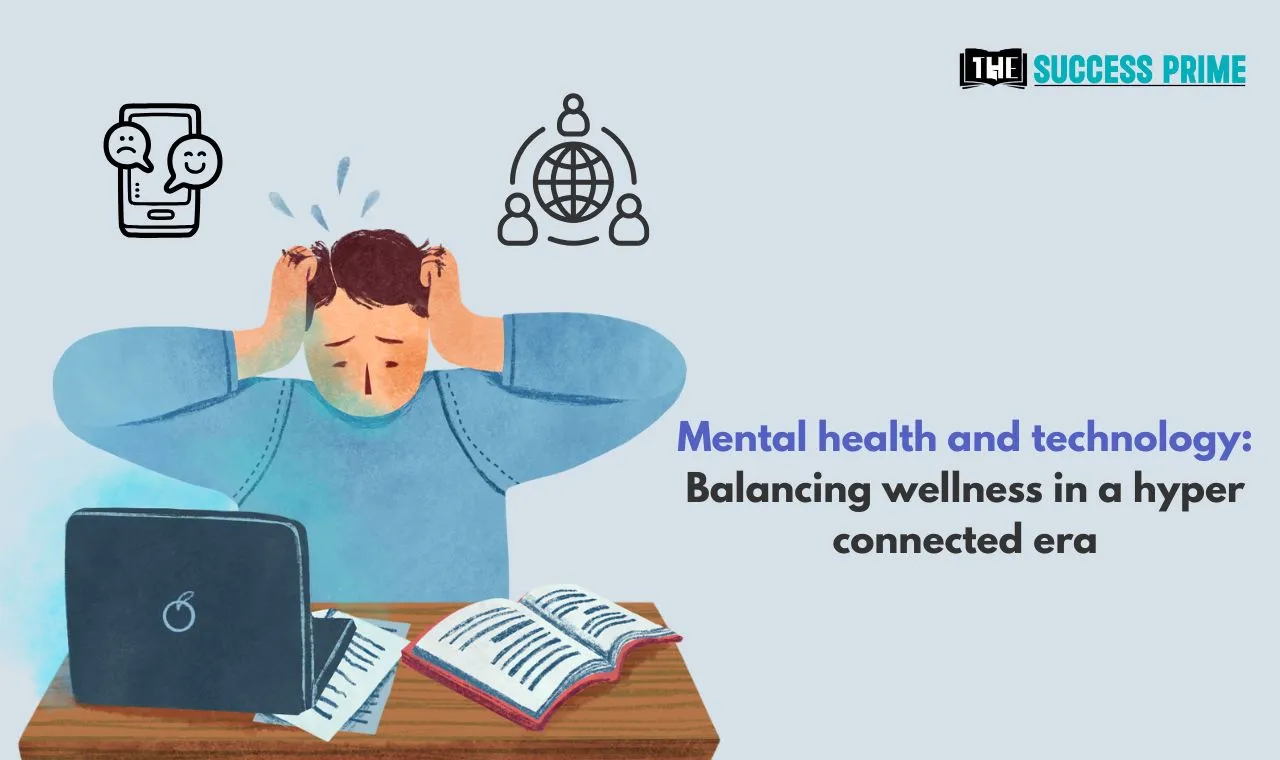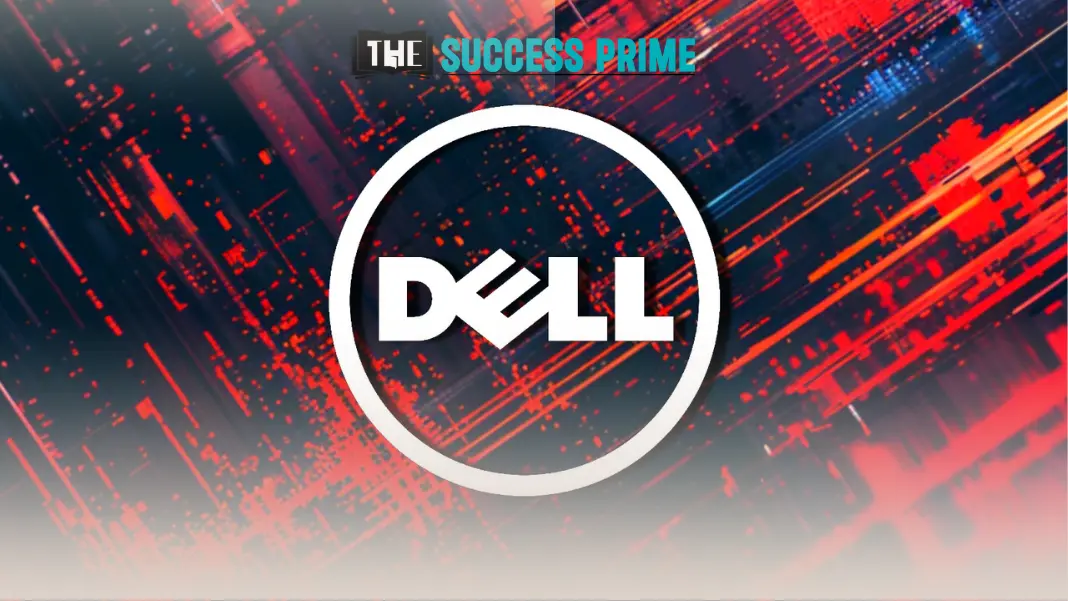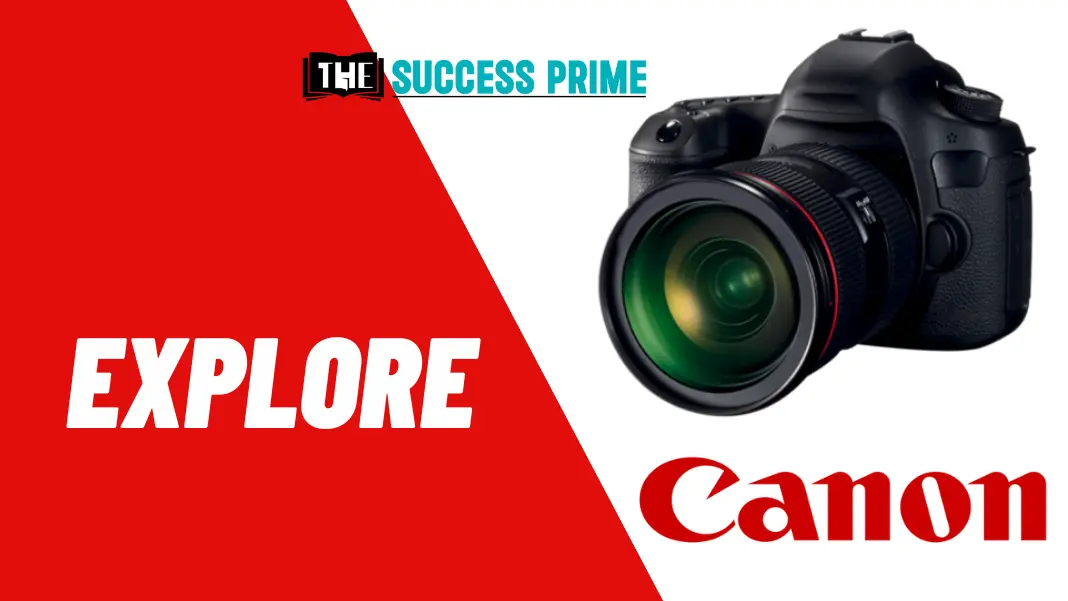Health and well-being are more than just the absence of an illness. It includes our physical health and safety, social and emotional health, spiritual Wellness and subjective sense of well-being. Mental and emotional well-being is essential to overall health. Positive mental health allows people to realize their full potential, go up with the stresses of life, work productively and make meaningful contributions to their communities.
Dimensions of mental well-being
There are several dimensions of mental well-being:
- Self-acceptance: Having a positive opinion about oneself
- Positive relationship with others: Includes pleasure and satisfaction that comes from close contact with people
- Autonomy: It refers to the ability of a person to pursue personal conventions and beliefs
- Environmental mastery: The ability to master the environmental challenges around himself
- Purpose: Ability to find meaning in life
- Personal growth: Ability to realize one’s own potential and work towards it
How can we do that?
Digital well-being enhances the use of technology itself to combat increased screen time by using Restrain and it promotes wellness by enabling productive and healthy lifestyles.
In order to thrive alongside technology, we have to enhance our skills. Skills in the key areas that our digital behaviour relate to, and that includes our mental and physical health, relationships, productivity, communication, environment.
Why mental well-being is to be concerned in the digital space?
Here are listed several points which provides a well-supported reason to make it a topic of general concern:
- We are spending almost 70 minutes a day on OTT platforms, an average session of 40 minutes. It even increases during multiple use.
- We are using digital devices for work, learning, entertainment and different forms of communication.
- There is an increase of 47% in data traffic since 2019 and 96% of this was constituted by 4G.
- Excessive use of pornographic content among adolescent.
- Rising mental health issues among children and adolescents.
- Decreased life satisfaction with increased use and resulting stress.
- Social networking sites, the modern-day embodiment of identity expression, have revolutionized the way individuals construct and convey their individuality.
- Digital spaces serve as virtual extensions of one’s self allowing for the expression of their preferred identity narratives.
Digital burnout
The problem of digital burnout specifically refers to the feeling of exhaustion, anxiety, depression or diminished interest in a job stemming from too much time on digital devices. Physical signs include sleep disorders, decreased energy and even chest pains. Chronic irritability can also occur along with fatigue. In youngsters, eye strain and sleep disorders are the common sign of digital burnout.
Strategies to foster mental well-being in a digital environment
1. Overcoming social isolation and loneliness: Social presence is the degree to which a person is perceived as a real person and connected to others in the process of communication through media. Social presence can be created by more meaningful and significant digital learning experiences as a way to increase the feeling of being disconnected.
2. Back channelling: Back channelling is a parallel type of digital communication that is happening concurrently with a specific face to face or digital learning and teaching activity. Examples of back channelling could include social media tools such as quiz tools, poles, social networking tools, questions and answers tool and many more. We can provide opportunities for back channelling that are linked to a specific pedagogical and well-being purpose.
3. Gamification of learning: Gamification in the context of learning is a design process of adding game elements in order to change the existing learning process. And the child can revise the process so that he will experience it as a game. it will help in decreasing the potential anxiety and ensure a positive level of engagement. Individuals can self-assess and reflect on their engagement with gamified learning experiences.
4. Digital stories: digital stories are the short videos and presentation that combines stand alone and 1st person narratives with the use of multimedia. There are different types of digital stories such as personal narratives, historical documentaries and many more you can provide sufficient information to individual about the process through the digital story. It will also be able to promote digital literacy by using appropriate tools in the process of digital story development.
5. Digital participation and resilience: Digital resilience represent the technical commercial and critical thinking skills students need to enjoy the benefits of Internet, while still spotting the dangers and managing the risk. Various impact evaluations have shown that digital risk prevention and intervention programs can be effective to teach people about cyber bullying, empathy training, communication and social skills, digital citizenship and education on cyber bullying.
6. Managing workload: Setting workload is a complex set of self-management skills, planning and monitoring skills, time management skills, the ability to manage distractions and perseverance towards a learning goal. Will help individuals to set smaller and reachable goals that they can work towards. Various tools can be used to track the progress.
7. Mindfulness: Mindfulness means maintaining a moment-by-moment awareness of our thoughts, emotions, bodily sensations and surrounding environment with openness and curiosity. People who are self-focused as well as non-judging towards their inner experiences, are better at self-regulated learning and growth.
8. Fostering healthy communication: Treat others as you want yourself to be treated. Never post hurtful messages on social media platforms. Disagree politely. Use the right language for communication. respect the copyright laws and do not download or copy without permission. Think before you type, post and share to check, if it is true and legal. Make Internet safer place by reporting online misbehaviour to the government website.
9. Setting boundaries and breaks: Take regular breaks and screen free zones. Encourage offline activities even when these substitutes are present in online mode. Be aware of fatigue and burnout and screen free management. Set limits for notifications.
Conclusion
While the digital age offers unprecedented opportunities, it is quite crucial to recognize and address the impact it has on our mental health and well-being. By practicing digital detox, mindfulness and finding a balance between online and offline activities, we can protect our mental health in this fast-paced and interconnected world read it taking care of our mental health well-being is as important as staying connected and finding a healthy equilibrium is the key to thriving in the digital age.
Latest Blog:












Leave a Reply